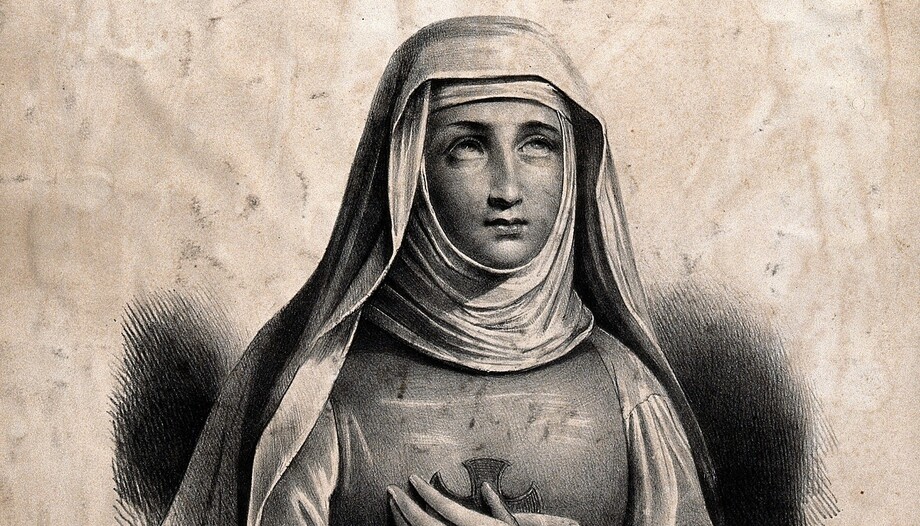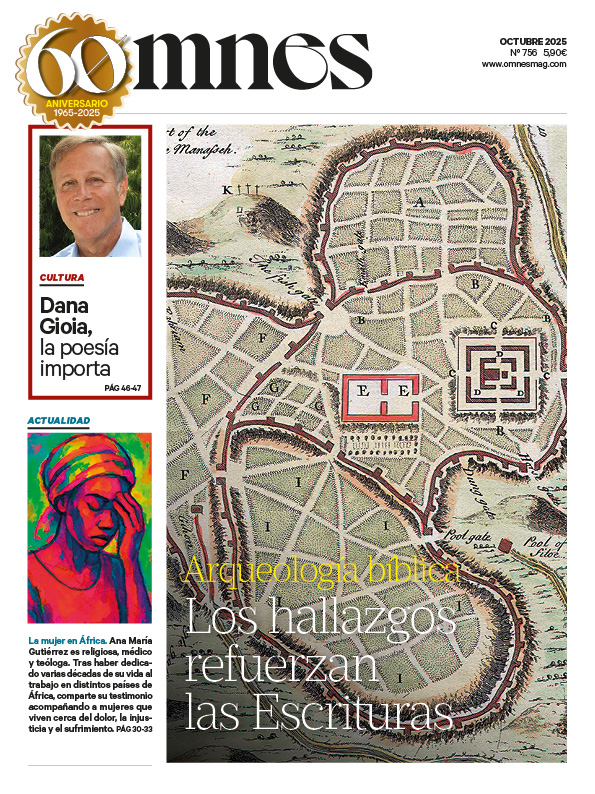Throughout the Middle Ages, the following stood out women who were able to assert themselves in a male-dominated world and exerted a lasting influence on society and the Church. It is significant that at the dawn of the (Holy) Romano-Germanic Empire, during practically the entire 10th century, four female figures emerged who played a crucial role in the consolidation of the kingdom.
In 919, Henry I was elected king of the "East Frankish kingdom", becoming the first king who did not belong to the Frankish dynasty, but to the Liudolfinger lineage. This marked the beginning of the "Othonid" or "Saxon" dynasty, since before his election he was Duke of Saxony. This transition marked the beginning of German history by consolidating the division of the Carolingian Empire into three parts, with the grandsons of Charlemagne. The eastern part, governed from 843 by Ludwig, known as "the Germanic", would be the cradle of Germany.
The first "German" queen consort
Mathilde, or Matilda, is the wife of Henry I, and can be considered the first "German" queen consort. Matilda was a descendant of that Widukin who for years had opposed Charlemagne's plans for eastward expansion; her title as duke of Saxony (rather, present-day Westphalia) is historically proven. His baptism, after being defeated by the Frankish hosts in 785, was especially celebrated by Pope Hadrian I.
Matilda was born around 896; she was educated by her grandmother, also called Matilda, in the monastery of Herford. In 909, she married Henry, who three years later became Duke of Saxony and in 919, as mentioned above, the East Frankish or "German" king.
Mechthild became mother of the emperor when her firstborn Otto I (912-973) was crowned as emperor in 962; the Romano-Germanic empire that began then would exist until 1806. But Mechthild also went down in history with the nickname "mother-in-law of Europe", as she married her daughters to important princes, anticipating the House of Austria's motto "Tu, felix Austria, cloud" by some 500 years.
He married his daughter Gerberga (913-969) first to Duke Giselbert of Lotaringia (Lorraine) and then to the Carolingian King Louis IV of France; the second daughter Hadwig (914-965 approx.) married Hugo Capeto; of the other two sons, Heinrich (922-955) was appointed Duke of Bavaria in 948 and Bruno (925-965) was elected Archbishop of Cologne and Duke of Lotaringia (Lorraine), thus beginning the "imperial church system", in which the bishops assumed important secular functions. The Ottonian and then the Salic dynasty thus managed one of the great issues of the Middle Ages: the relationship between "throne" and "altar".
Promoter of religious life
However, Mechthild was also noted for her promotion of women's monasteries during her husband's lifetime. But it was after his death that she made the most important foundation to preserve the memory of the deceased: the abbey of St. Dionysius and St. Servant of Quedlinburg, which stands on the hill of Quedlinburg Castle, became the most important center of prayer and commemoration of the deceased in the East Frankish Empire. There, as in other abbeys, the daughters of the nobility were educated and later married into the nobility, thus strengthening the power of the kingdom.
Mechthild also founded other abbeys, such as Enger and Nordhausen. For all the women's monasteries in East Saxony she also obtained papal privileges. For her dedication to the works of mercy, on which she spent her entire fortune, she was canonized as "Mechthild of Ringelheim".







